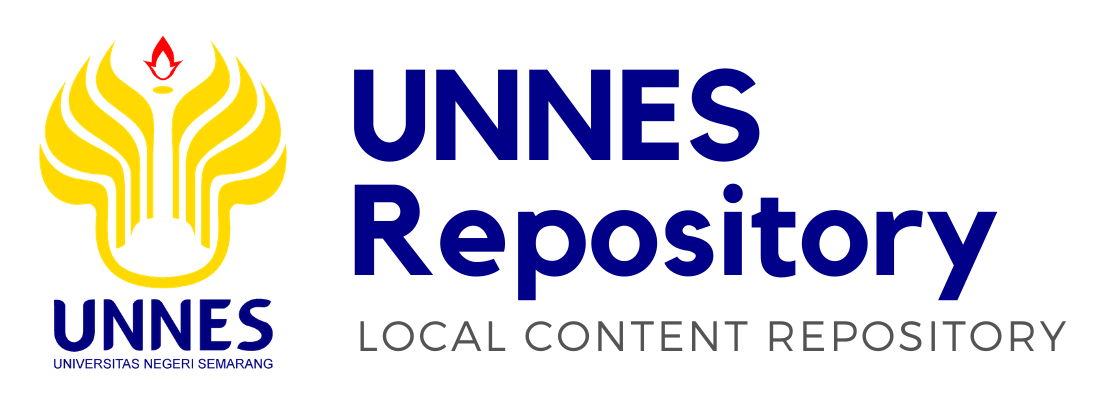The Use of Nonverbal Communication in Supporting the Realization of Brown & Levinson Politeness Strategies
Inne Nurmalasari, 0203518041 (2021) The Use of Nonverbal Communication in Supporting the Realization of Brown & Levinson Politeness Strategies. Masters thesis, UNNES.
|
PDF
Download (21kB) |
|
|
PDF
Restricted to Repository staff only Download (24kB) | Request a copy |
|
|
PDF
Restricted to Repository staff only Download (243kB) | Request a copy |
|
|
PDF
Download (8kB) |
|
|
PDF
Download (15kB) |
|
|
PDF
Download (99kB) |
|
|
PDF
Download (228kB) |
|
|
PDF
Restricted to Repository staff only Download (51kB) | Request a copy |
|
|
PDF
Restricted to Repository staff only Download (182kB) | Request a copy |
|
|
PDF
Download (34kB) |
|
|
PDF
Download (72kB) |
|
|
PDF
Restricted to Repository staff only Download (958kB) | Request a copy |
Abstract
One of the prominent issues in pragmatics is politeness. Politeness can manifest in two actions, verbal and nonverbal communication. This study aimed to analyze the lecturer's and the students' nonverbal communication in supporting the realization of Brown & Levinson's politeness strategies in English classroom interaction at Universitas Muhammadiyah Purworejo. This study explains the lecturer’s and students’ NVC in supporting the realization of bald on record strategy, positive politeness strategy, negative politeness strategy, off-record strategy, and do not do the face-threatening act strategy in English classroom interaction. In this study, the researchers applied qualitative research. The subjects were one English lecturer and students. The objects were the lecturer's and the students' utterances during the English learning process. The methods the researchers used to analyze the data were Brown & Levinson's (1987) politeness strategies theory and Novinger's (2001) NVC theory. The findings showed that politeness strategies were used by the lecturer and students with the total frequency of 559 times, namely bald on record, positive politeness (dominantly used), negative politeness, off-record, and don’t do the FTA (the least used). Besides, in supporting the realization of politeness strategy, the dominantly used methods of NVC were chronemics, kinesics, and vocalic. In conclusion, politeness strategies are crucial in maintaining the relationship and creating a comfortable environment in the EFL classroom. NVC can support performance that cannot be expressed in words.
| Item Type: | Thesis (Masters) |
|---|---|
| Uncontrolled Keywords: | Realization, politeness strategies, nonverbal communication, classroom interaction. |
| Subjects: | P Language and Literature > PR English literature |
| Fakultas: | Pasca Sarjana > Pendidikan Bahasa Inggris, S2 |
| Depositing User: | S.Hum Maria Ayu |
| Date Deposited: | 28 Dec 2021 01:46 |
| Last Modified: | 24 Jan 2022 01:25 |
| URI: | http://lib.unnes.ac.id/id/eprint/47855 |
Actions (login required)
 |
View Item |
